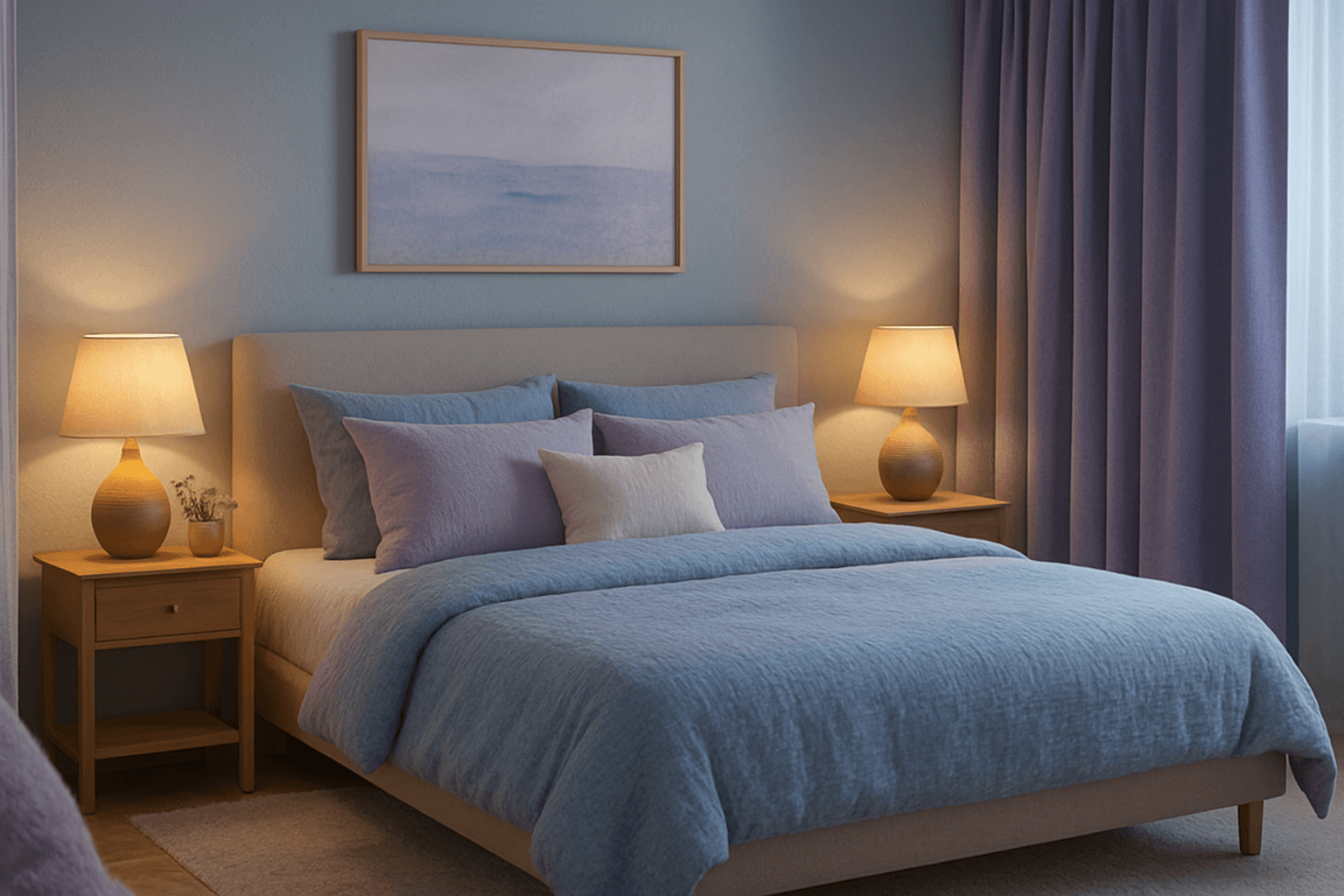Bedroom Makeover for Better Sleep
Learn how it can improve your sleep habits and overall well-being.

A good night’s sleep isn’t just about how tired you are—it’s also about where you sleep. The environment you rest in has a profound impact on your sleep quality, habits, and long-term well-being. A simple bedroom makeover can transform your space into a peaceful retreat that promotes deeper, more restorative sleep. Whether you’re battling insomnia or just want to wake up feeling refreshed, updating your bedroom is a smart and healthy move.
Why Your Bedroom Environment Matters
Your brain associates your surroundings with specific behaviors. If your bedroom is cluttered, noisy, or filled with distractions, your body may struggle to wind down at night. On the other hand, a calm, cool, and comfortable bedroom tells your brain: It’s time to rest.
Poor sleep has been linked to issues like fatigue, mood swings, weight gain, and reduced immune function. But creating the right sleep-friendly environment can help regulate your circadian rhythm, improve your sleep habits, and support better mental and physical health.
Step-by-Step Bedroom Makeover Tips for Better Sleep
1. Invest in a High-Quality Mattress and Pillows
2. Choose Soothing Colors
3. Control Lighting
4. Eliminate Noise and Distractions
5. Keep It Cool
6. Declutter and Simplify
7. Incorporate Sleep-Inducing Scents
8. Use Your Bedroom for Sleep and Intimacy Only
- Improved sleep quality
- More consistent sleep habits
- Better mood and emotional stability
- Increased energy and productivity
- Enhanced immune function and reduced stress
Your mattress and pillows are the foundation of a good night’s sleep. If they’re old, uncomfortable, or unsupportive, they could be contributing to restless nights or back pain. Look for a mattress that suits your sleep position and body type, and replace pillows every 1–2 years for optimal support.
Color psychology plays a role in relaxation. Soft hues like blue, green, lavender, and beige create a calming atmosphere that supports sleep. Avoid bold or overly stimulating colors like red or bright yellow.
Light directly impacts melatonin production—your body’s sleep hormone. Block out streetlights with blackout curtains or shades, and use dim, warm lighting at night. Consider smart bulbs that adjust color temperature or a sunrise alarm clock to help ease you into your morning routine.
Create a quiet sanctuary by removing noisy electronics and using white noise machines or earplugs if necessary. Keep TVs, phones, and other distractions out of the bedroom, or at least off during your wind-down routine.
Experts recommend setting your thermostat between 60°F and 67°F (15°C to 19°C) for optimal sleep. A cool room mimics your body’s natural temperature drop during sleep, helping you fall asleep faster and stay asleep longer.
A clean, organized room can reduce anxiety and help your mind relax. Keep surfaces tidy, minimize furniture, and remove anything that doesn’t support your sleep or relaxation goals.
Aromatherapy can enhance your bedtime routine. Scents like lavender, chamomile, and sandalwood promote relaxation and reduce stress. Use essential oils, pillow sprays, or a diffuser to create a spa-like experience.
Help your brain associate the bedroom with rest by avoiding work, scrolling, or snacking in bed. This strengthens the mental link between your room and sleep.
Long-Term Benefits of a Sleep-Optimized Bedroom
By designing a bedroom that promotes rest, you’re setting yourself up for:
Final Thoughts
-A bedroom makeover doesn’t have to be expensive or time-consuming—it’s about creating a space that supports your sleep needs and reflects calmness. From simple changes like new sheets or blackout curtains to bigger upgrades like a new mattress, every detail can contribute to better rest.
-Prioritize your sleep by turning your bedroom into the sanctuary it was meant to be. Your mind and body will thank you.